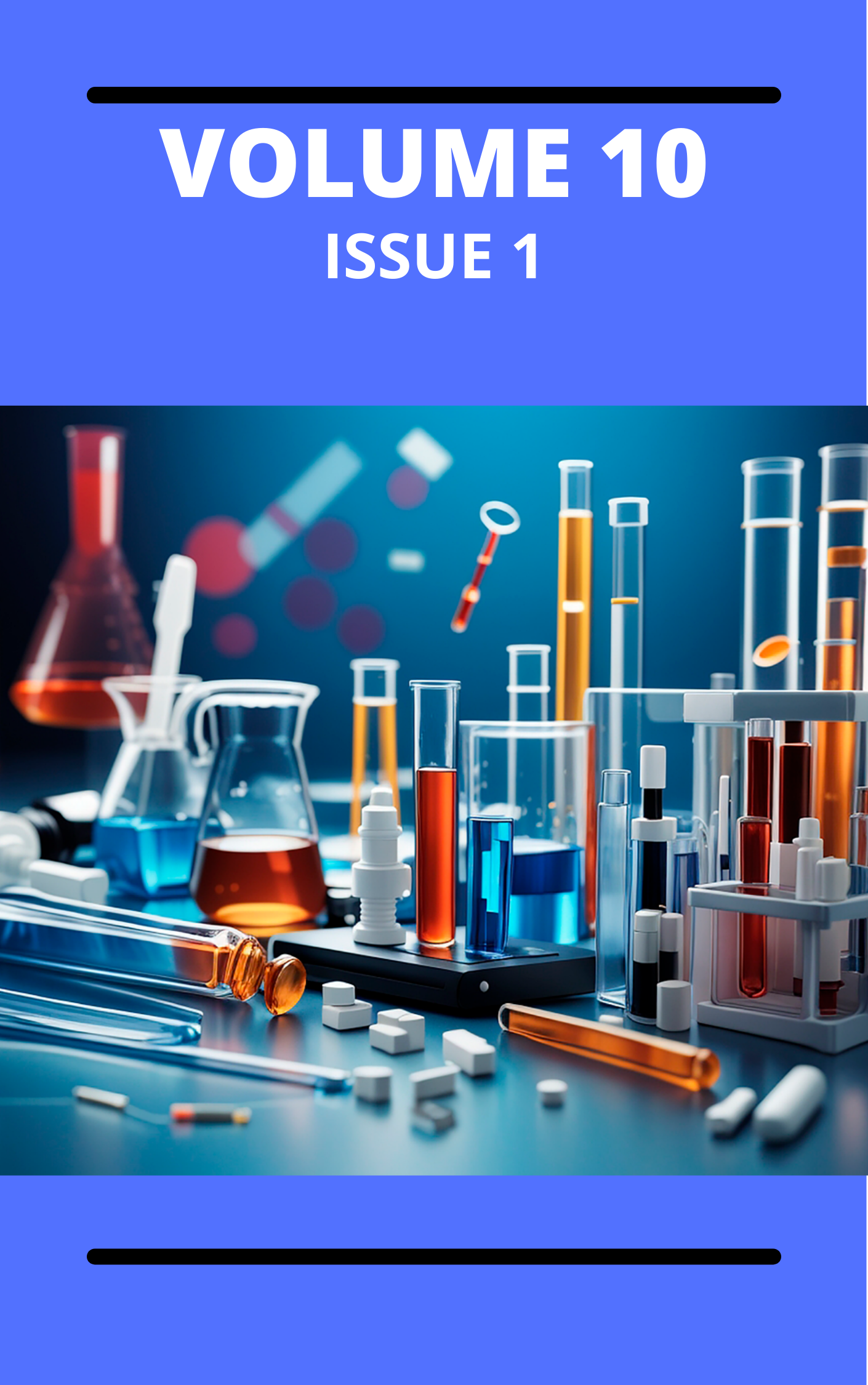Maximizing an Investment Portfolio for a DC Pension with a Return Clause and Proportional Administrative Charges under Weilbull Force Function
Keywords:
Investment strategy, Return clause of premium, Administrative charges, Weibull mortality function.Abstract
In this paper, investment in a defined contributory (DC) pension fund system with a return clause of premium and proportional administrative charges is studied under geometric Brownian motion (GBM) and Weilbull mortality force function. To actualize this, an investment portfolio with a risk-free asset and a risky asset which follows the GBM model is considered such that the returned premium is with interest from an investment in a risk-free asset and the Weilbull force function is used to determine the mortality rate of members during accumulation phase. Furthermore, the game-theoretic technique is applied to obtain an optimization problem from the extended Hamilton Jacobi Bellman equation. By using the mean-variance utility and variable separation technique, an investment strategy (IS) is obtained for the risky asset comprising of the risk-free interest rate, instantaneous volatility, administrative charges, the appreciation rate of the risky asset and the mortality force function was obtained together with the efficient frontier which gives the relationship between the investment expectation and the risk involvement in the investment. Furthermore, some numerical simulations were obtained to study the impact of some sensitive parameters of the IS. It was observed that the administrative charges and the mortality rate affect the IS to be adopted. Therefore, an insight into how these parameters behave is very essential in the development of an IS.
Downloads
Published
Issue
Section
Similar Articles
- Kelvin Ndubuisi Njoku, Maximizing an Investment Portfolio for a DC Pension with a Return Clause and Proportional Administrative Charges under Weilbull Force Function , Communication In Physical Sciences: Vol. 10 No. 1 (2023): VOLUME 10 ISSUE 1
- Ase M. Esabai, Edikan E. Akpanibah, Sylvanus K. Samaila, On Investment Model for a CARA Pension Scheme Member with Return of Contributions Clause for Mortgage Housing Scheme , Communication In Physical Sciences: Vol. 11 No. 3 (2024): VOLUME 11 ISSUE 3
- Ifeoma Chikamma Okereke , Peace Nwagor, Chidinma Olunkwa, Amadi Innocent Uchenna, Analytical Solution on Stochastic Systems to Assess the Wealth Function of Periodic Corporate Investors , Communication In Physical Sciences: Vol. 12 No. 4 (2025): VOLUME1 2 ISSUE 4
- Edikan E. Akpanibah, Optimization of investment strategies for a Defined Contribution (DC) plan member with Couple Risky Assets, Tax and Proportional Administrative Fee , Communication In Physical Sciences: Vol. 7 No. 1 (2021): VOLUME 7 ISSUE 1
- Promise A. Azor, Edikan E. Akpanibah, Okechukwu I. Edozieunor, Closed Form Solutions of a Re-Insurer’s Surplus, Stochastic and Time-Dependent Investment Returns with Random Parameters , Communication In Physical Sciences: Vol. 11 No. 1 (2024): VOLUME 11 ISSUE 1
- Yakubu Isa, Radiya Muhammad Said, Juliet Wallen Piapna, Abdulhaq Bashir, Development and Applications of the Type II Half-Logistic Inverse Weibull Distribution , Communication In Physical Sciences: Vol. 11 No. 4 (2024): VOLUME 11 ISSUE 4
- Musa Ndamadu Farouq, Nwaze Obini Nweze, Monday Osagie Adenomon, Mary Unekwu Adehi, Derivation of a New Odd Exponential-Weibull Distribution , Communication In Physical Sciences: Vol. 11 No. 4 (2024): VOLUME 11 ISSUE 4
- Idayat Abubakar Salau, Aminu Suleiman Mohammed, Hussaini Garba Dikko, Type I Half-Logistic Exponentiated Kumaraswamy Distribution With Applications , Communication In Physical Sciences: Vol. 12 No. 2 (2025): VOLUME 12 ISSUE 2
- Kingsley Uchendu, Emmanuel Wilfred Okereke, Exponentiated Power Ailamujia Distribution: Properties and Applications to Time Series , Communication In Physical Sciences: Vol. 12 No. 5 (2025): Vol 12 ISSUE 5
- Promise. A. Azor, Amadi Ugwulo Chinyere, Mathematical Modelling of an Investor’s Wealth with Different Stochastic Volatility Models , Communication In Physical Sciences: Vol. 11 No. 2 (2024): VOLUME 11 ISSUE 2
You may also start an advanced similarity search for this article.




